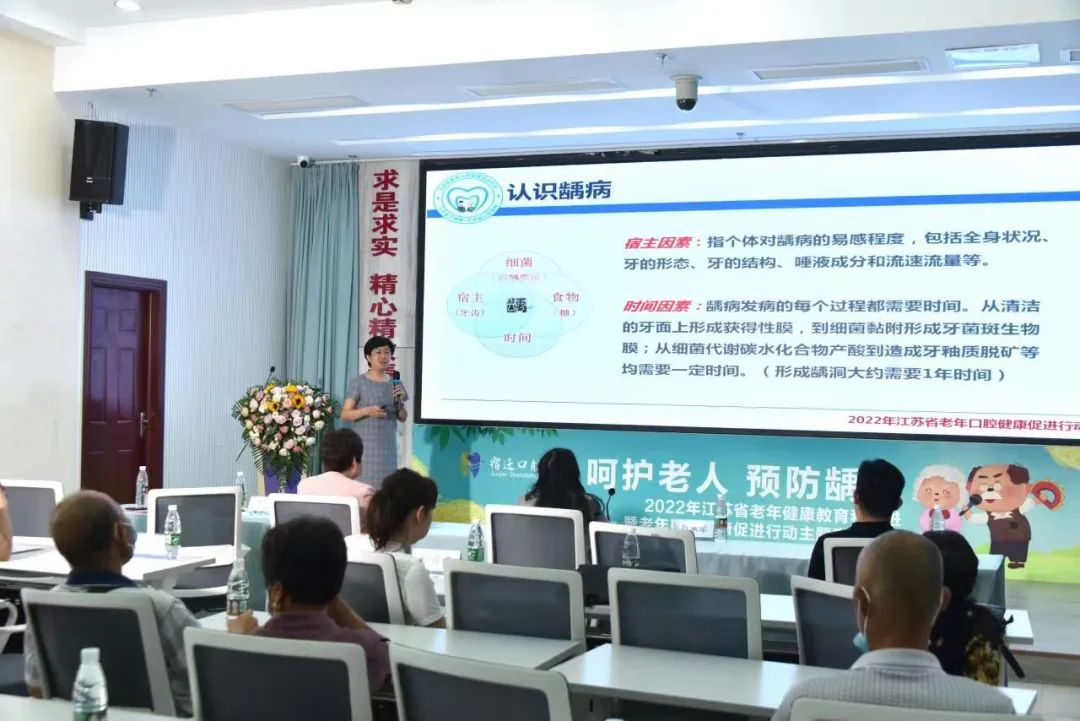Developing this fuel has become one of the primary tasks of India's 21st century
Author:China Urban News Time:2022.06.24

India is a typical country with "lack of oil and less gas", and it is also the third largest energy consumer in the world after China and the United States. Such resource endowments and energy consumption capacity determine India's energy development path -the development of the country's biofuel ethanol industry to reduce the amount and import of fossil fuels. Indian Prime Minister Modi once again emphasized the path at this year's World Environment Day: In order to reduce pollution and reduce dependence on imported crude oil, the proportion of biological fuel ethanol in India reached 20%in 2025, compared with the previous settings, which were previously set up before the previous settings, which were previously set. The target has been advanced for 5 years.
Modi said: "The development of the ethanol industry has become one of the primary tasks of India's 21st century. Development of ethanol is not only more friendly to the environment, but also improves farmers' lives. By 2025, a 20%ethanol blending ratio means that ethanol procurement is significantly significantly. Increase, this will benefit more Indian sugar cane growers. "
Bio -fuel ethanol has a wide range of raw materials, such as sugar cane, super -time grain grains, and agricultural waste can be used to make ethanol. The main ingredients of India's ethanol are sugar cane. In 2020, the target set by the Indian government is that by 2022, the mixing ratio of ethanol will reach 10%, that is, 10%of ethanol is added to gasoline, and the target by 2030 will be 20%.
Modi emphasized that increasing the proportion of ethanol blending reflects India's efforts in responding to climate change. Modi said that the target of ethanol blending ratio increased from 2%in 2014 to 10%in 2021, and ethanol consumption also increased from 3.8 billion in 2014 to 3.2 billion in 2021. The use of these biological fuel ethanols to reduce carbon emissions by 2.7 million tons of carbon emissions and save 410 billion rupees (about 5.3 billion US dollars) foreign exchange.
According to Indian investment and rating agencies ICRA, India's ethanol output must increase 3 times on the basis of 2021 to meet the goal of 20%of ethanol mixing by 2025. The Indian government's prediction is that by 2025 or 2026, the proportion of 20%of ethanol mixing should be reached. India needs to produce 10.16 billion liters of ethanol. Of course, this value will also be affected by Indian electric vehicles.
The Indian government said that the use of fuel ethanol can not only reduce dependence on imported fossil fuels, but also reduce the pollution of fossil fuel development and greenhouse gas emissions in the transportation field, and increase farmers' income by promoting the development of the sugar cane industry.
Industry analysis agencies believe that although the goal is ambitious, India's path of biofuel ethanol development is not frank.
First of all, from the raw material point of view, the main raw materials of Indian biofuel ethanol are sugar cane. Sugarcane is mainly used for processing sucrose, especially when sucrose is high, and more sugar cane flows to the sucrose processing industry. The ethanol industry also faces the problem of insufficient raw materials. Another raw material is an indulgence food for humans and animals, and this raw material also faces the dilemma of insufficient supply. For example, in 2021, the Indian government distributed 78,000 tons of Indian food companies for production of ethanol production, but the ethanol produced by these aged rice was only 0.4%of the demand for ethanol in 2025, which can be described as "trivial." In addition, ethanol has a wide range of uses in the chemical, pharmaceutical and medical and health industries. How many ethanol output flows to the transportation industry in the end is the result of a comprehensive trade -in competition in multi -industry.
For India, a large population country, strengthening energy security will not at the expense of food safety. Therefore, industry research institutions suggested that India's wise approach is to strengthen the diversification of raw materials, such as increasing investment in the production of ethanol for non -grain raw materials (agricultural and forestry wastes, etc.), and accelerating transitions to electric and hydrogen vehicles in the field of transportation. As ICRA's recent research institute suggested, India's expansion of agricultural waste to control the support of cellulose ethanol will bring a larger greenhouse gas emission reduction benefits, provide additional income for Indian farmers, and reduce the air caused by straw burning. Pollution.
Reporter: Hu Anhua
- END -
"Please order" -Suqian elderly health service to the grassroots to say goodbye to "hard delivery"

On the morning of June 21, in the outpatient hall of Suqian Stomatology Hospital, ...
[Deep study and implement the spirit of the 14th Provincial Party Congress] Northwest Street Community of Jinta County do a good job of anti -cult publicity and education

In order to help residents to further recognize the essence of cults, effectively ...